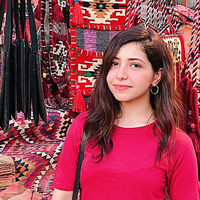Denim through the decades
Denim has been around since the mid-1800s and is now part of our everyday wardrobe. From the first pair of Levi's, created by Levi Strauss himself, to today's sustainable denim choices - let's look at some of our favourite denim trends from decades past...
Image: Pexels/Karolina Grabowska
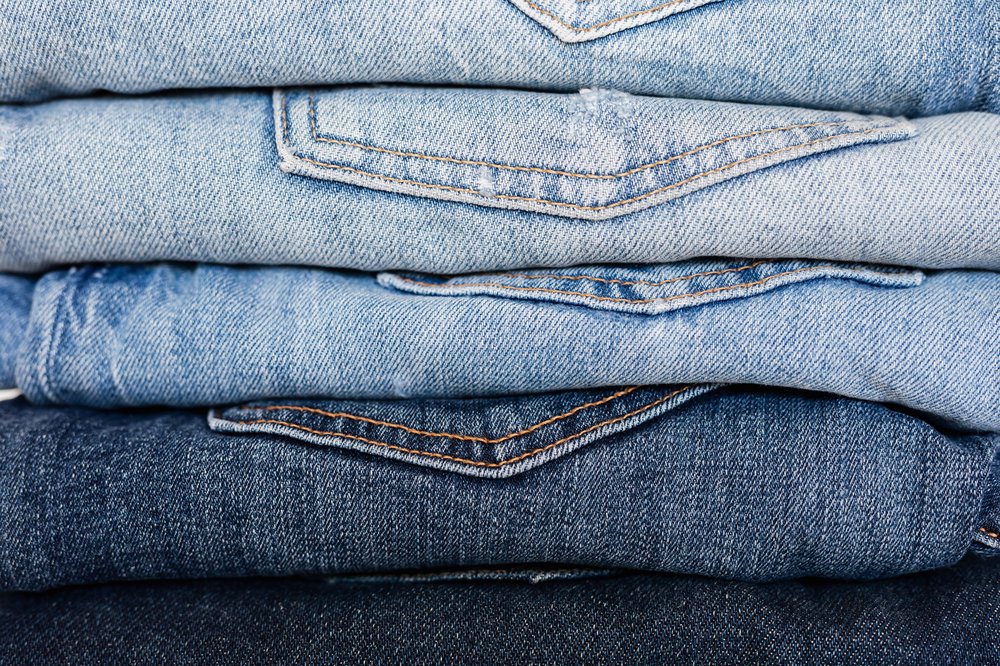
The history of denim
The popularity of denim clothing didn't really take off until the mid-1800s when Levi Strauss created a pair of tough work pants made from denim. These were strong enough to last through years of hard labour and comfortable enough to wear all day long. They quickly became popular with miners and blue-collar workers who needed durable clothing that could stand up to their physical labours!
The idea was to be able to wash your clothes every day, which wasn't common practice at that time. Dr. Levi Strauss was trained as a dry goods merchant and started working for his uncle's dry goods business in 1853. He and Jacob Davis created the first pair of blue jeans in 1873 using rivets on the pockets and denim fabric from Nimes, France (now Nîmes). At first, people thought that wearing blue jeans would be a crime! But then people started to wear them more widely. Blue jeans are still a symbol of freedom and individuality today.
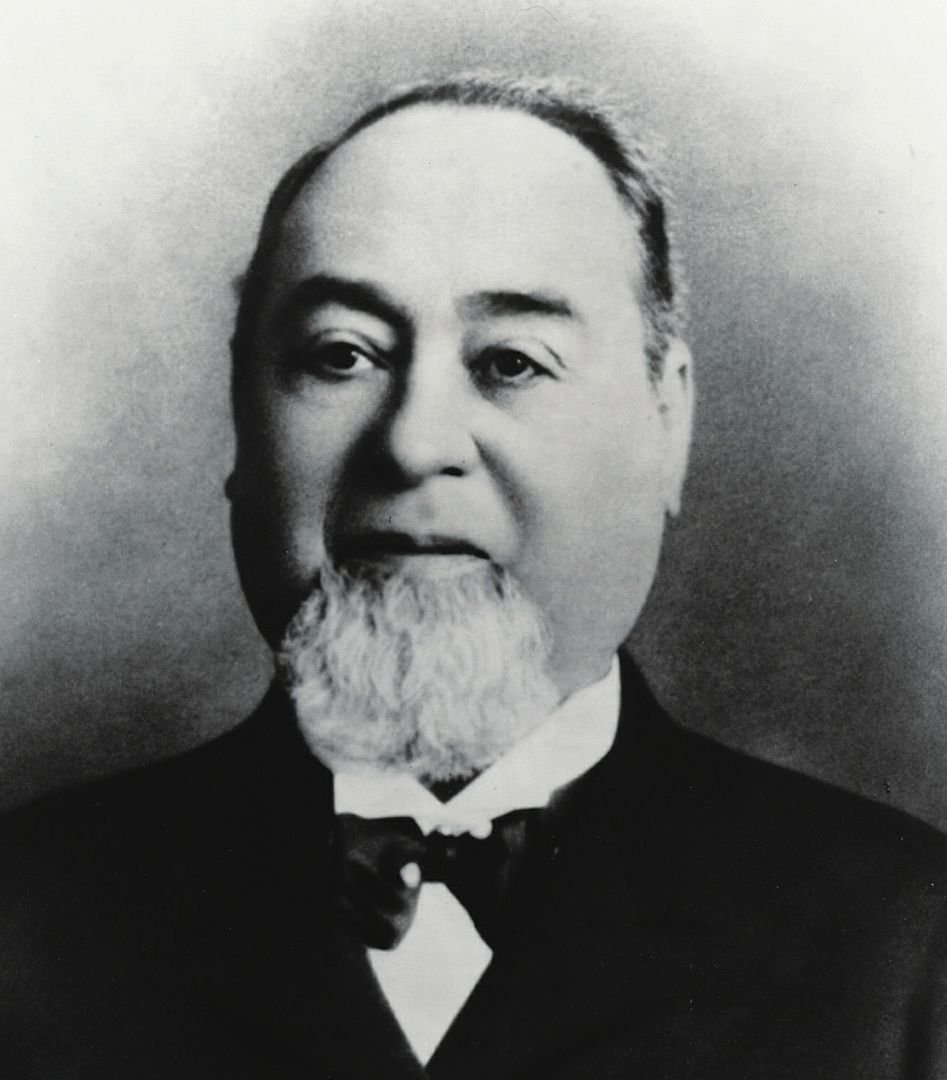
Levi Strauss
1920s denim
Modern jeans began to appear in the 1920s, but sales were largely confined to the working people of the western United States, such as cowboys, lumberjacks, and railroad workers.
Fun fact: In 1927 jean shorts were introduced for women after being worn by sailors for years prior.
You may have heard of jean shorts, but did you know that they were introduced for women in 1927? Jean shorts were originally worn by sailors and soldiers who had been stationed in the tropics. Since these people lived and worked in hot climates, they wore very loose-fitting long pants to keep cool. The men who wore them soon adopted the style as their own and shorter versions of these pants came into fashion among young Americans when the war ended.
The first jean shorts were cut to fit like a pair of Bermuda shorts (which you may still see today), except they had pockets on both sides and buttoned up at the waist with only one snap instead of two or three like regular short pyjama bottoms do today!
Shutterstock
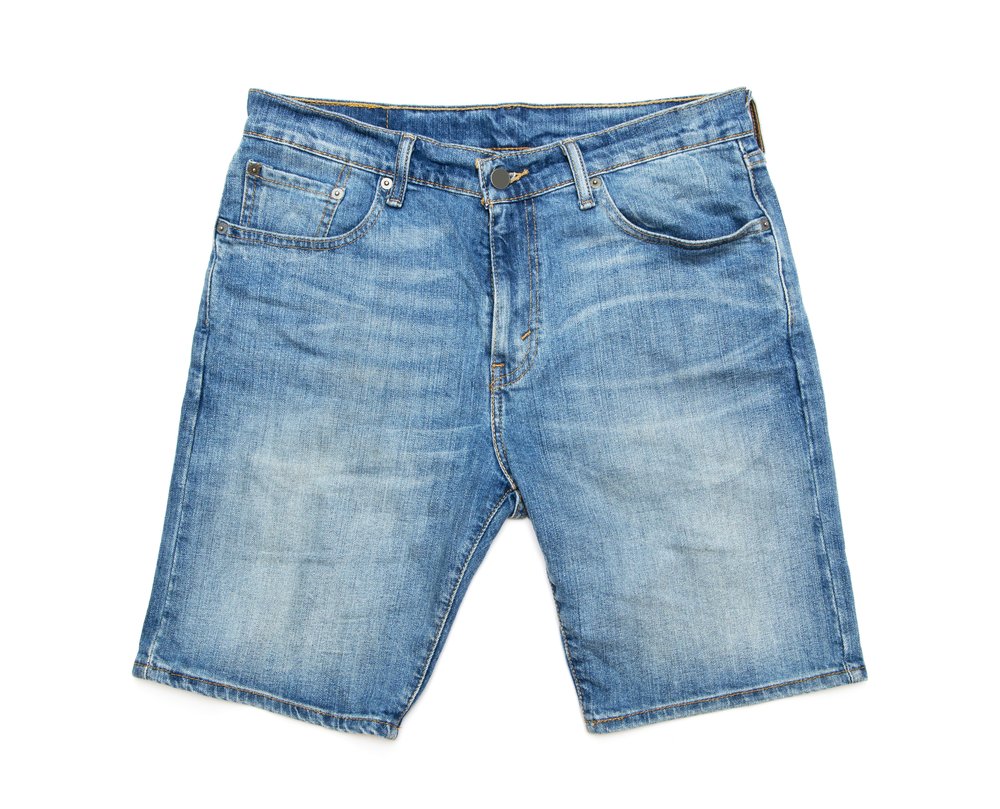
1930s denim
Denim truly began to take off in 1930s with the help of American Westerns. Actors like John Wayne wore denim on screen, aiding its growing popularity. Wayne wore 1938 Levi’s 501s, which were first introduced in that same year, on screen in his film Stagecoach. His outfit would typify a generation’s image of the cowboy.
Denim for women was inspired by a 1934 edition of Vogue magazine, that suggested putting pockets on jeans for women.
In 1934, Vogue magazine suggested putting pockets on jeans for women—the first time this happened anywhere in the world—and so began a new trend: fashionable denim!
Shutterstock
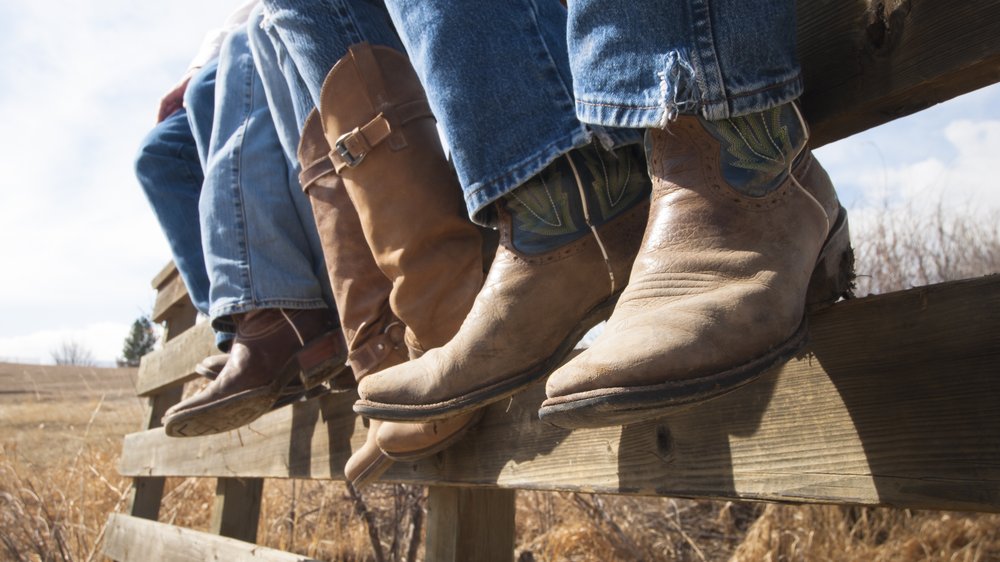
1940s denim
In the 1940s, there was a lot of change. The decade marked the rise of denim and its transformation from workwear to fashion statement, which we're still seeing today. But this transition wasn't without conflict: World War II brought many challenges and changes as well.
In 1947 high waist jeans were first introduced and began slowly taking over the market as it became standardized in 1950.
Women at work on bomber, Douglas Aircraft Company, Long Beach, Calif. Image: The Library of Congress on Flickr
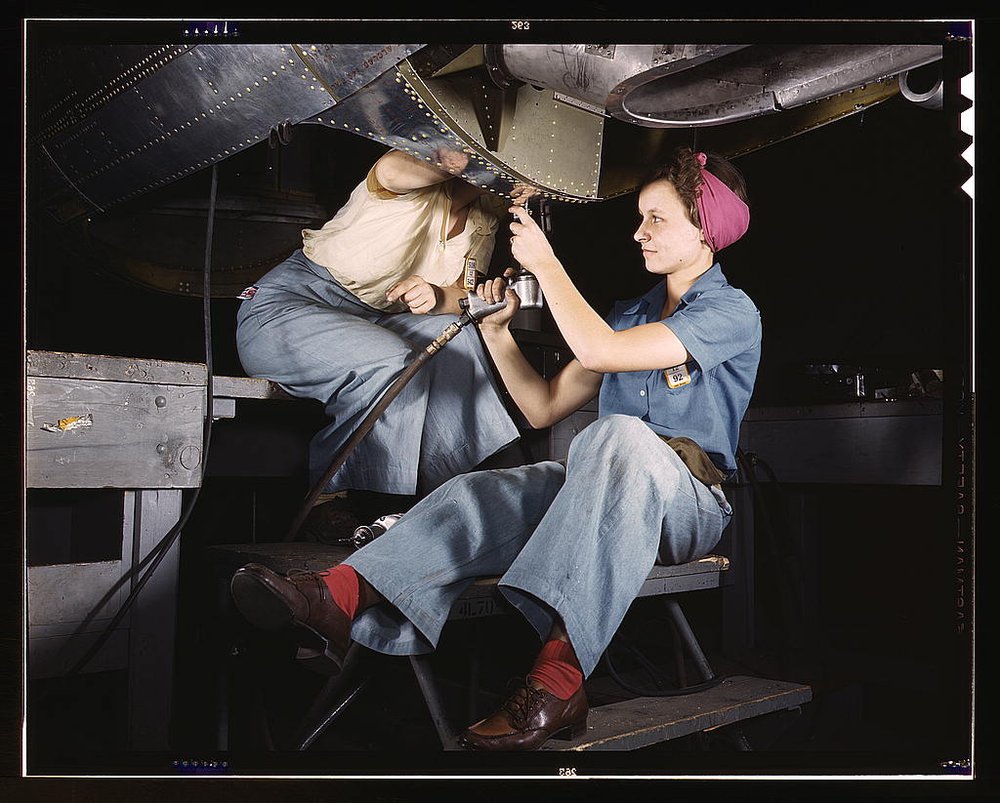
1950s denim
Deemed “the decade of change” by many historians, the 1950s saw many different styles come into vogue that still influence fashion today. Jeans became more and more mainstream and ingrained in pop culture with actors such as James Dean and Marlon Brando wearing it on and off screen. Casual denim looks including the classic white t-shirt and blue jeans combo became popular in the late 50s and boxy cuffed jeans like these were the style of choice....
Image: Oxfam Online Shop
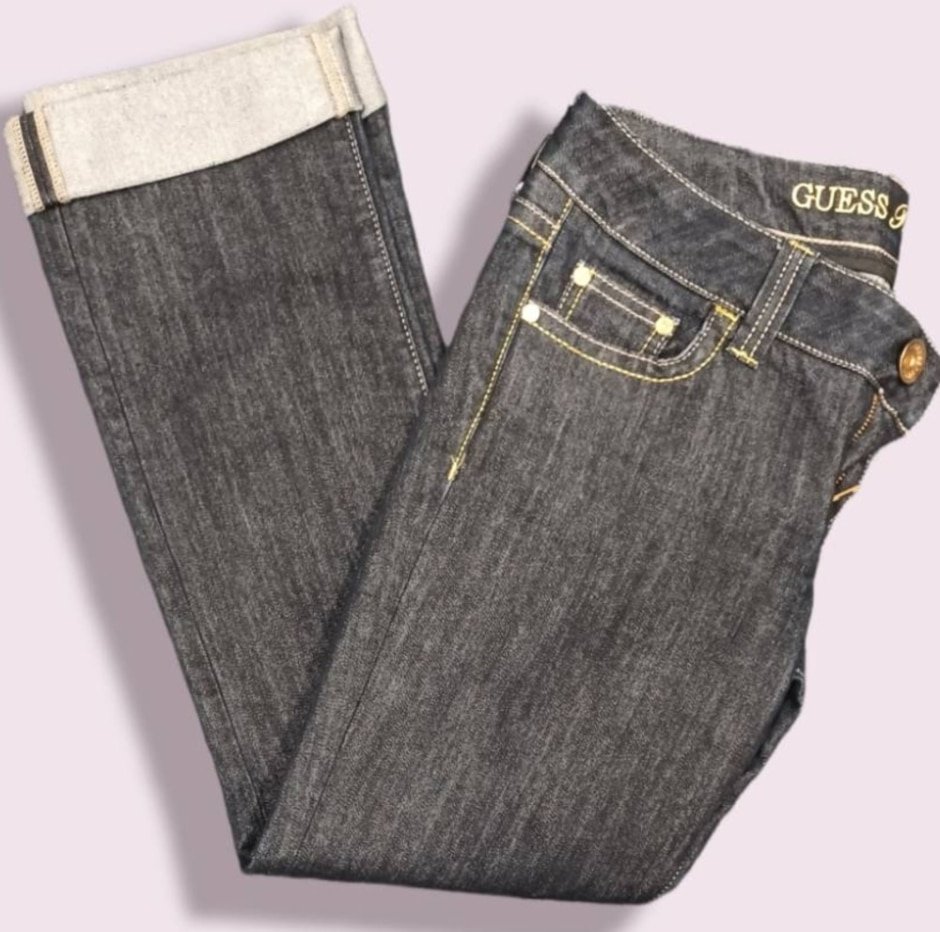
1960s denim
While most people still wore blue denim in the 1960s, there was an increase in colorful options such as orange, green, red, purple or yellow—all with white stitching!
The mid-1960s were all about flared jeans.
Shutterstock
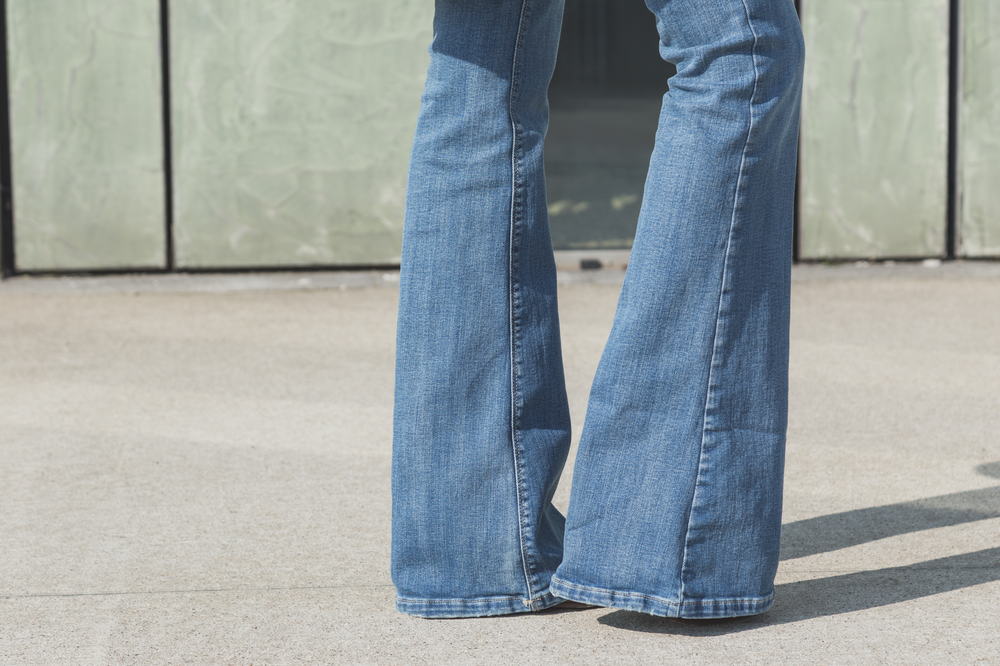
Celebrities like Sonny and Cher, Twiggy, Mick Jagger, and Jimi Hendrix made the style even more popular. Boot cut jeans like these were also very popular at the time, especially towards the end of the decade.
1970s denim
The ‘70s saw jeans becoming more fun; bell bottoms, patchwork, and frayed edges. Jeans were big, loud, and everywhere! They were usually tight on top and super flared at the bottom...
Shutterstock
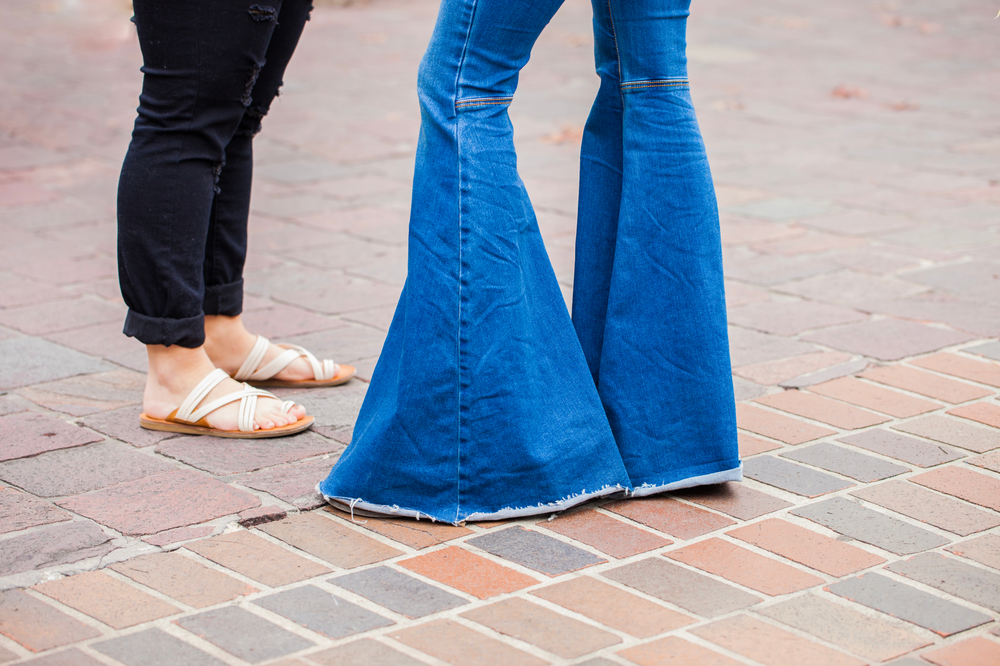
In the late ‘70s, jeans were becoming key to the punk rock movement. The jeans of the time were tighter and darker and usually paired with studded belts and leather jackets.
As for what kind of look you should go for when recreating this era's fashion? If your goal is to be edgy, then tight-fitting jeans are essential: try pairing them with high heels or platform boots and an oversized shirt or sweater—the higher the hemline on your pants, the better!
1980s denim
The jeans of the 1980s were baggy and loose, as they would be throughout the decade. But what sets this era apart is that they were also more tapered at the ankle than jeans had been in previous years, think mom jeans!
Shutterstock
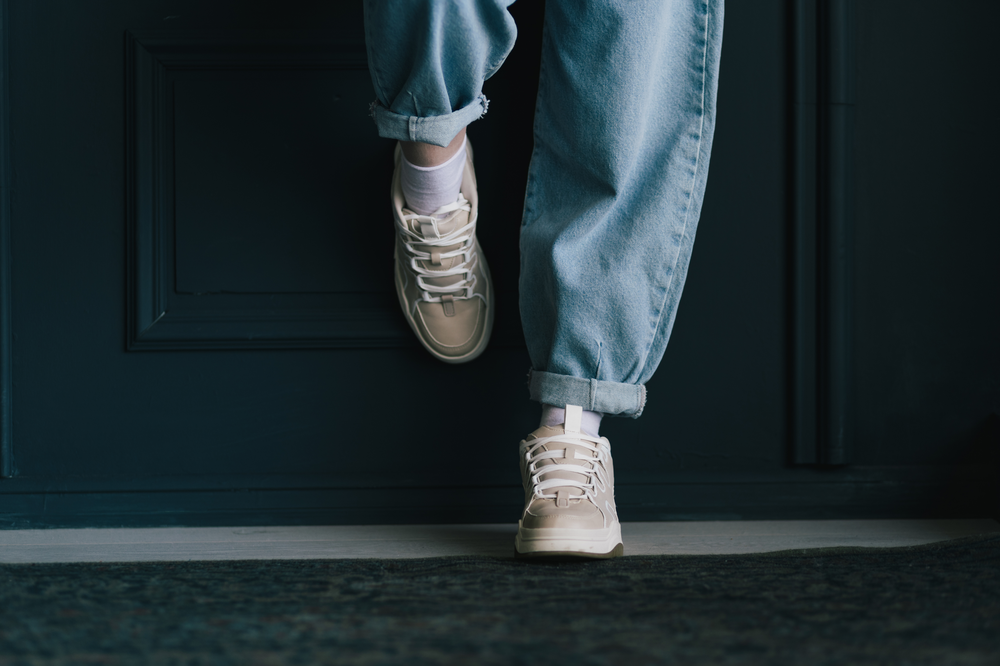
Lighter washes and acid wash jeans boomed in popularity in the late 80s and so did denim-on-denim looks.
1990s and early 2000s denim
Early ‘90s saw a rise in the popularity of overalls. They were seen everywhere on TV and worn by celebrities.
Image: Sophie Collard/ Oxfam
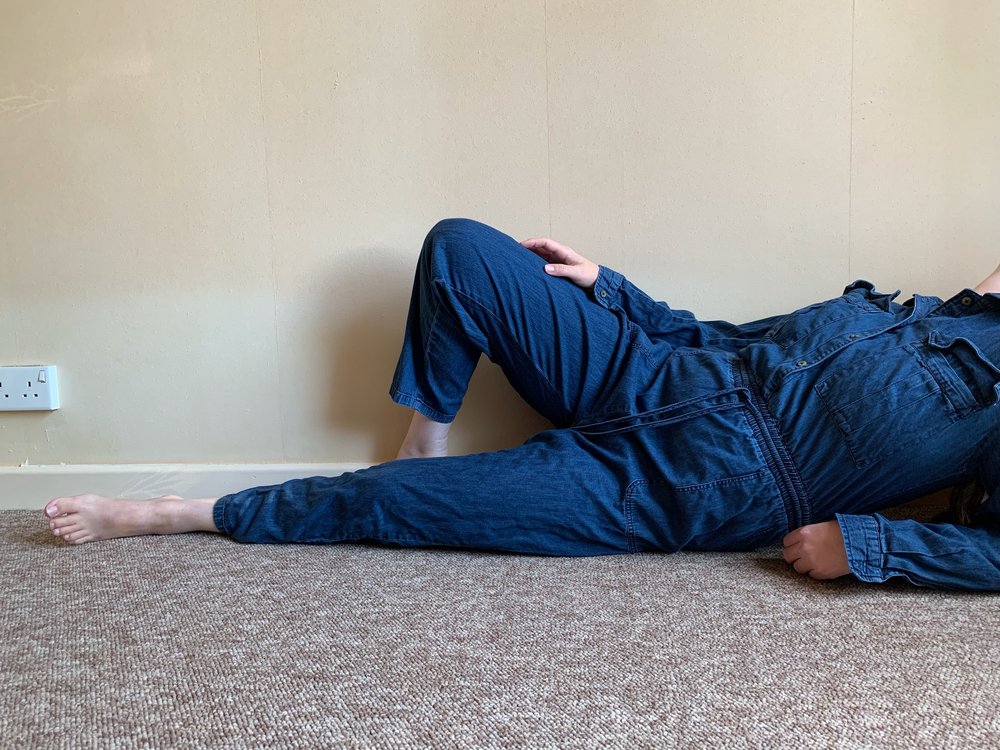
As the decade went on, jeans trends from the past began to reappear. Simple flare jeans, low rise, bootcut, and medium wash were some of the most popular. As the 2000s came along, people were also beginning to customise their own jeans with patchwork and embellishments and bedazzled low-waisted jeans rose to popularity with the help of pop stars.
2010 denim to denim today
Denim trends have been recycled throughout the past two decades; we’ve seen low rise to high waisted, skinny jeans being all the range then becoming a cardinal sin, boyfriend, mom jeans, and even dad jeans! Jeggings and all colours and washes and so much more.
Jeans are definitely not going anywhere and as we’ve seen, they come in so many varieties so you can have your pick! Another great thing about jeans is that they are super easy to find second hand. If anything, you might find much better pieces than you would on the high street and for a better price. Lucky for you, we have a wide selection on our Oxfam Online Shop so you can start (or continue) your journey of finding the perfect denim for you.
We've come a long way from the original denim workwear, and nowadays it's hard to find someone who doesn't own at least one article of denim clothing.
Shutterstock
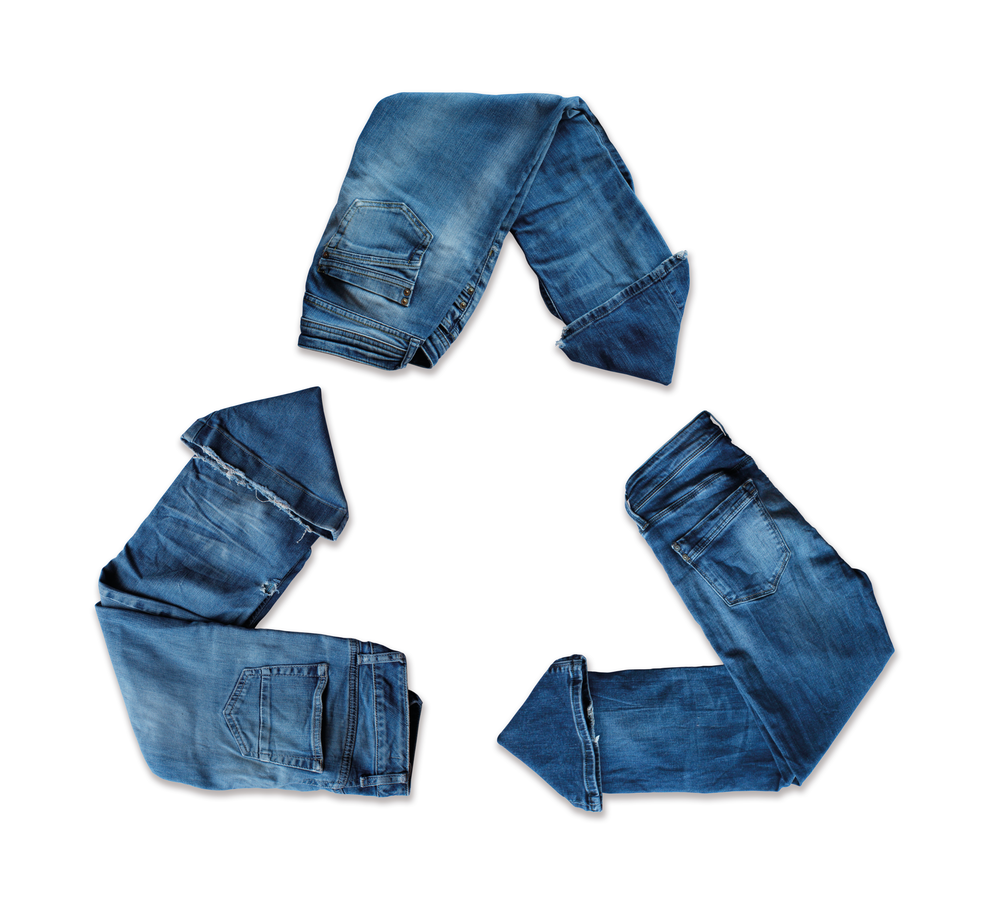
Learn how you can make sustainable denim choices.
If you're like me, your love of denim runs deep. You probably have a favourite pair (or three) in rotation at all times. But did you know that your favourite jeans might be environmentally dirty?
Oxfam
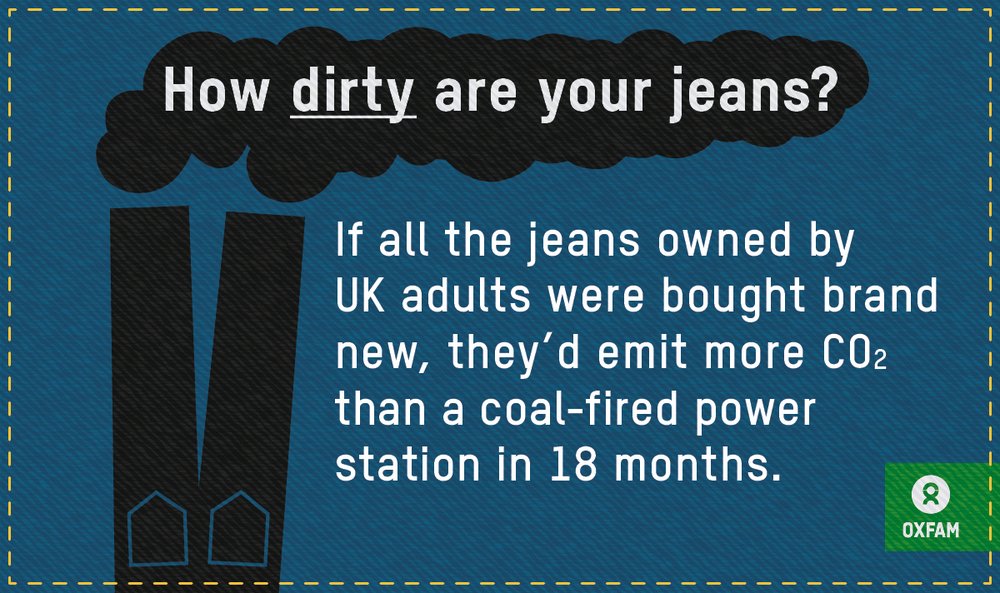
Today, sustainable fashion is all about reducing waste and increasing ethical practices in an industry that has traditionally been known for poor labour conditions and environmental destruction. Sustainable jeans are a great place to start when revamping your wardrobe to make it more sustainable.
“The figures are astonishing – who knew making a pair of brand new jeans is like driving 60 miles in terms of global warming? Continuing on this road is just not sustainable for the planet and everyone who lives on it. But there’s hope and lots of fun to be had! Shopping second hand is a small and enjoyable choice each of us can make. And together we can have a giant impact on the climate emergency. People who donate to Oxfam shops and buy from our shops both reduce emissions and raise money for Oxfam’s work helping the world’s poorest people access the basics in life like clean water, food, shelter, and the right to make a living. It’s time to practice fun, feel-good shopping with serious intent!”
Lorna Fallon, Oxfam Retail Director
Go find your pre-loved denim!
Sustainable denim is important because it's an environmentally conscious alternative to mass-produced clothing. It helps you to feel good about your jeans and the environment while you wear them, which is what everyone wants!
Lucky for you, denim is one of the easiest fabrics to shop second hand! Get excited because your hunt for the perfect pair of worn-in Levi’s has just begun!
More posts like this
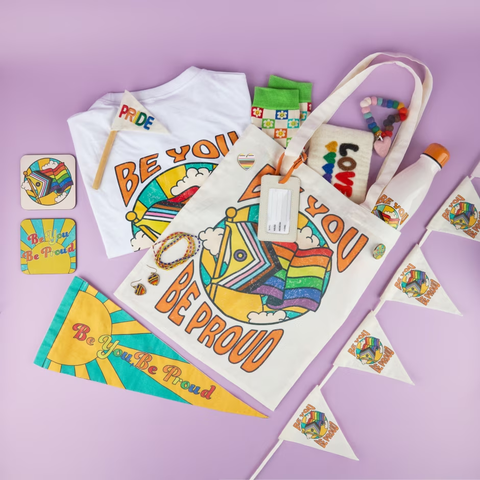
Choose from thousands of quality items: clothes, books, accessories, homeware and more! Free returns.
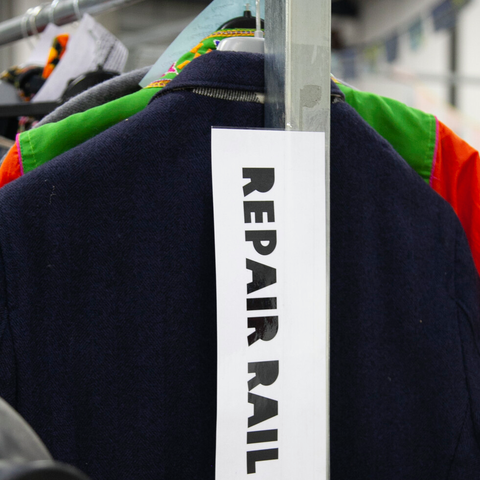
– Find out more about the human and environmental impacts of clothing production.
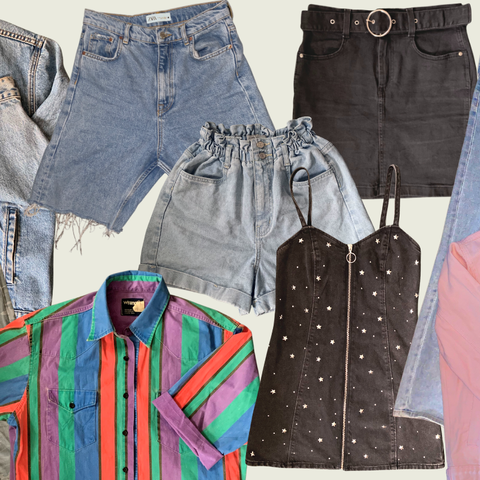
– Want a sustainable wardrobe that never goes out of fashion? Then shopping for a capsule wardrobe is for you! And your local charity shop could be the destination for all those essential clothes you’ve been looking for...
